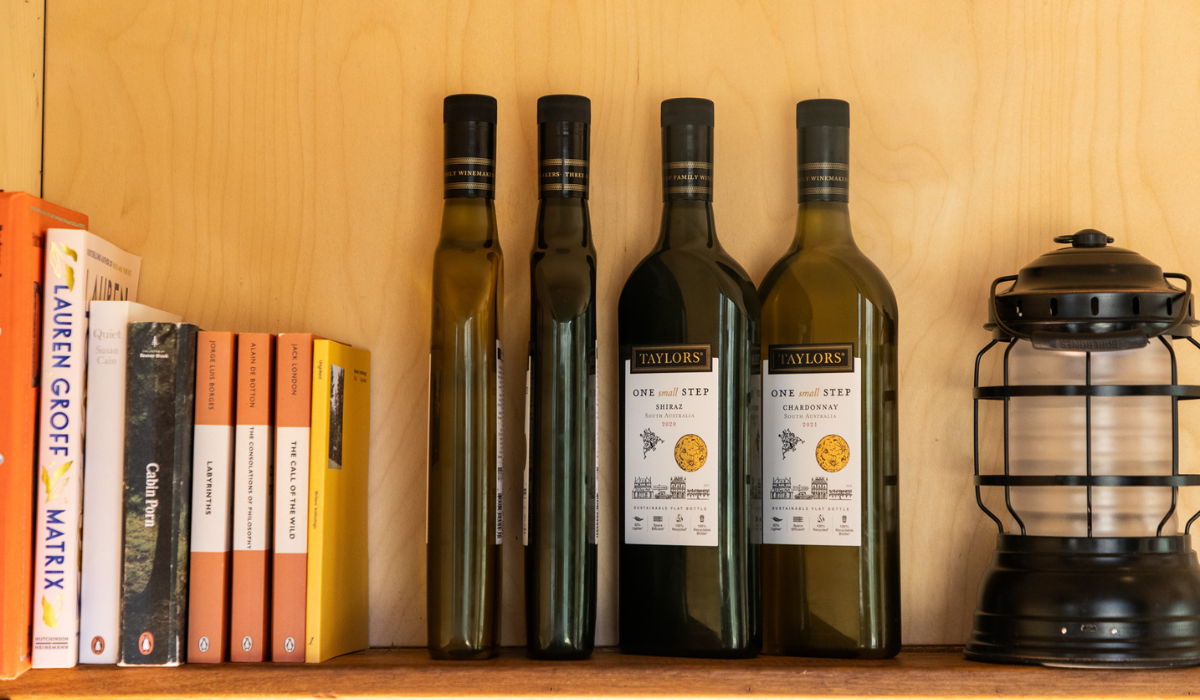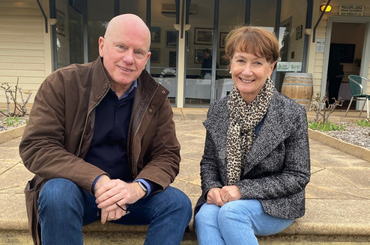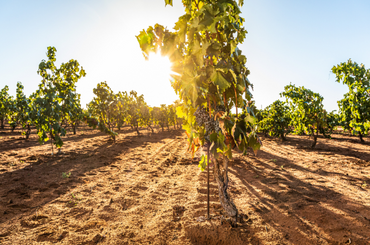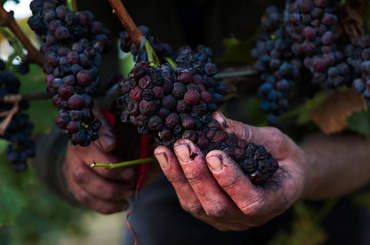The wine word for 2023 is not, as some might have it, metaverse, or non-fungible or even natural.
The word you will hear and hopefully wish to know more about, is lightweighting.
Lightweighting is a new world order in packaging, one that is sustainable and, as the name implies, lighter in weight.
That means lighter wine bottles, PET plastic bottles, cans, pouches and a whole range of more eco-friendly wine packaging, including the wine cask which is making a bit of a comeback.
We can only hope that lightweighting signals the end of the heavyweight wine bottle which can weigh between 750g and 1kg, taking an inordinate amount of raw materials and heat to produce and then transport.
In a world where carbon emissions count, the heavyweight bottle is on its way out. Or, it should be.

Lightweighting is a new world order in packaging, one that is sustainable and, as the name implies, lighter in weight.
“It’s time we all collectively acted on climate change and emissions,” says Vanya Cullen at Cullen Wines, Margaret River, who was one of the first Australian wine producers to turn to lightweight glass when it became available 20-odd years ago. Cullen Wines is also a member of the International Wineries for Climate Action (IWCA), a world-wide collective of the some of the biggest names in wine working to reduce carbon emissions across the wine industry.
Its neighbouring Margaret River colleague, Voyager Estate, is also a member.
It is estimated that the production, packaging and transport of glass bottles is by far the biggest contributor to a winery’s carbon emissions.
By changing to lighter bottles, generally weighing around 300 to 350g each and without a punted indent, a wine producer can make major headway into cutting carbon emissions.
For the wines we drink every day, it’s a no brainer.
For wines to age, producers and drinkers can expect long term cellaring from punted, mid-weight 400g bottles.
Tahbilk, well-known for its age-worthy reds and marsanne, has been using mid-weight bottles for its estate range since the 1940s, which includes its $350 1860 Vines shiraz. The stats are on the board. “There is no issue with extended cellaring,” says Alister Purbrick, co-owner and director.
You will see more and more producers moving all or some of their wine ranges into lighter bottles during 2023 including Moorooduc Estate, Eminence Wines, Raidis Estate, 919 Wines and more.
Steve Raidis at Raidis Estate in Coonawarra estimates that by choosing lightweight bottles for just six wines in 2022 he saved 17,863 tonnes of glass going into the environment. He and his wife, Emma, expect to save more with future lightweight bottled wine releases.
“Might wine consumers be convinced to give up the bottle because of their environmental concerns?” asked three Australian wine researchers in their paper on mitigating climate change presented to the 43rd World Congress of Vine and Wine held last year in Mexico.

The answer can already be found in the success of wines launched in PET bottles during 2022 by major producers, Taylors and Banrock Station.
Both use the innovative eco flat bottle made by Packamama in Victoria.
Just 4cm wide, it is made from 100 per cent recycled plastic and is 83 per cent lighter than a standard wine bottle and 32 per cent more space efficient.
With a pledge to reduce its carbon emissions by 50 per cent by 2030 and zero by 2050, Taylors has been heartened by the success of its eco flat bottled One Small Step wines.
Originally, two wines were released – a chardonnay and a shiraz – and now a sauvignon blanc and rosé have been added to the range.
Looks like wine drinkers are keen for more lightweighting.
Let’s hope more Australian wine producers give them that opportunity in 2023.
The planet will thank all of us for the move.






